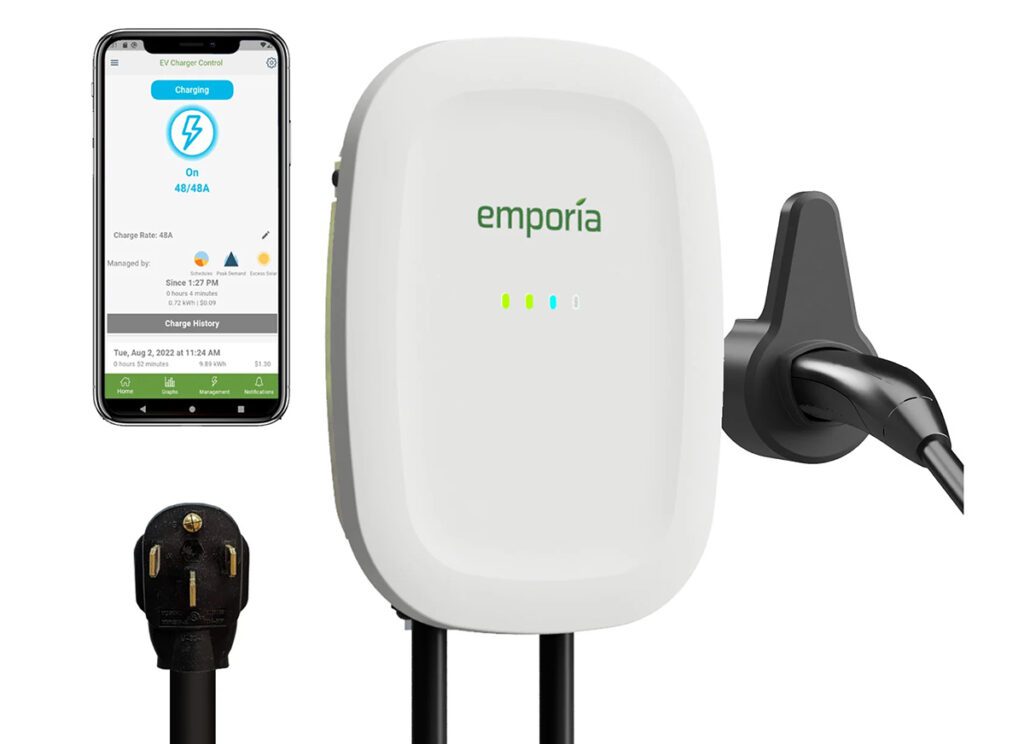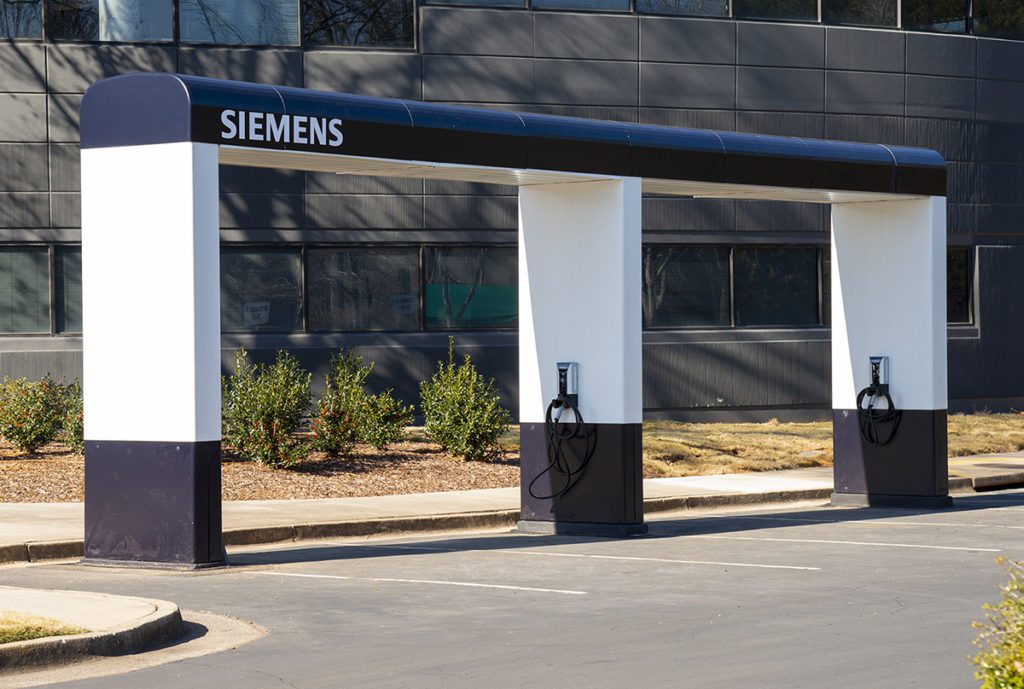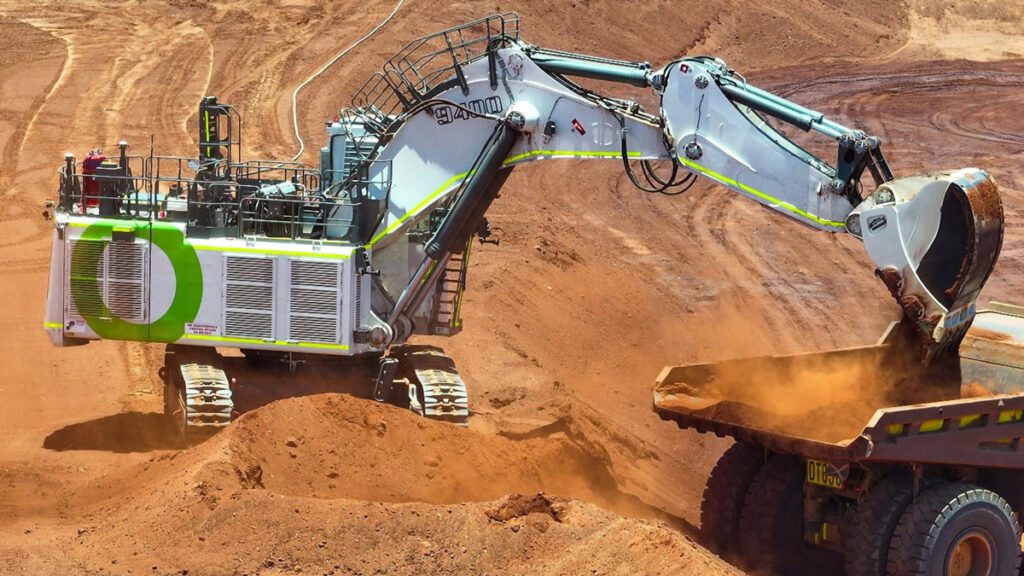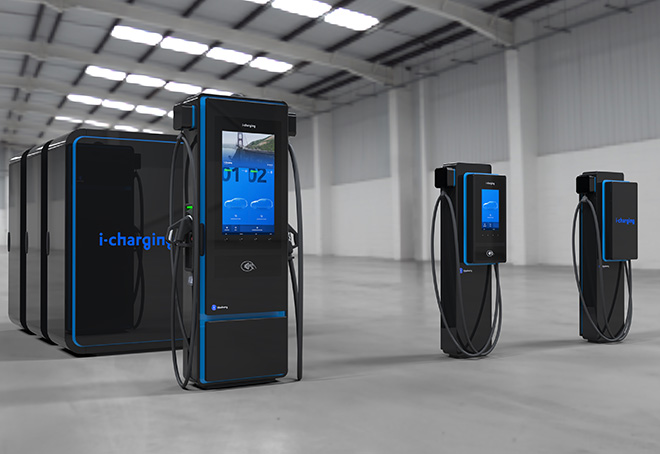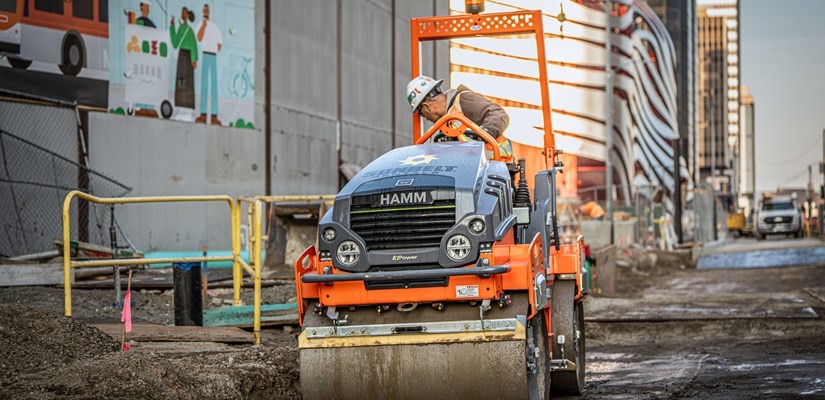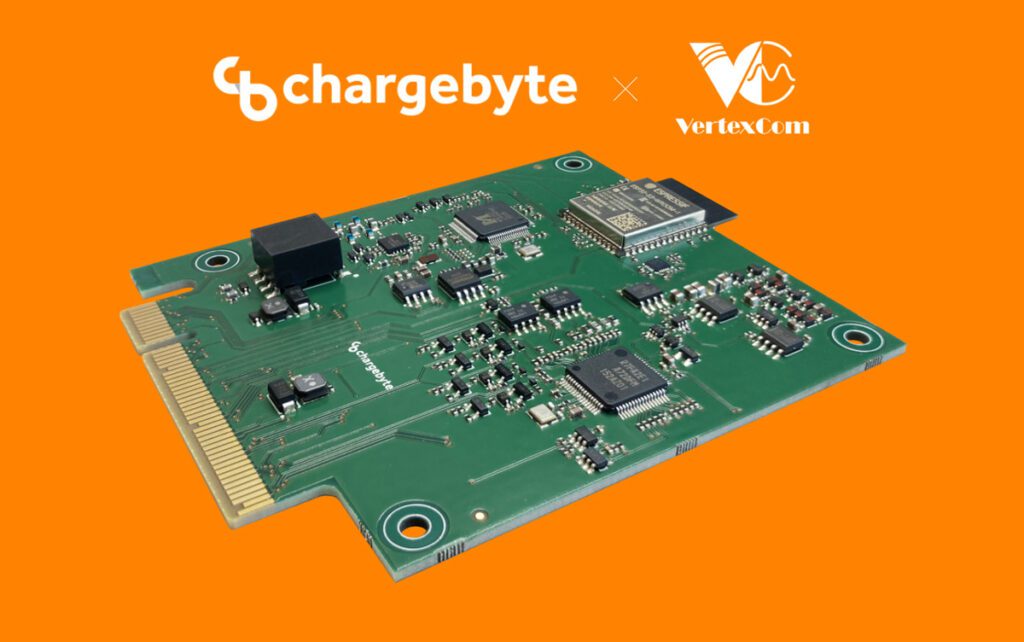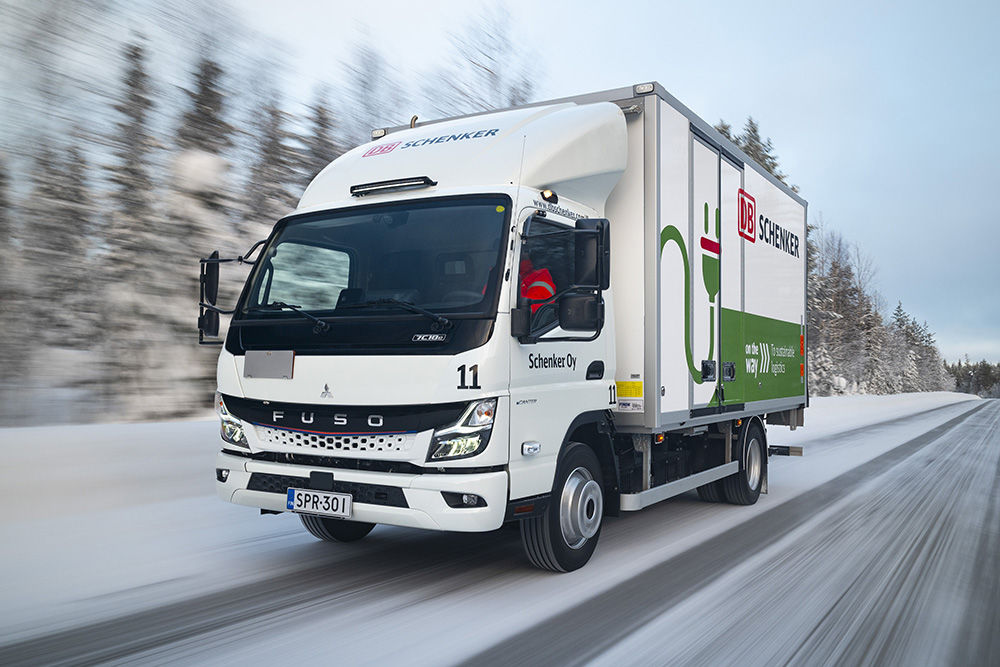In March 2012, Fuji Electric Corporation of America announced plans to begin selling its DC fast charging stations in the US. At that time, the company had already deployed over 300 of its chargers in other markets around the world. The company’s international experience gave it practical insight into the challenges of the EV charging market. During Fuji’s US launch, Larry Butkovich, General Manager of EV Systems, warned that in order for any company to succeed in this new industry, it would have to invest heavily in R&D to offer customers the latest technologies, and focus on reducing product prices.
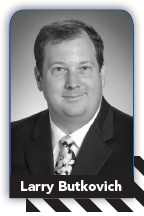

Over a year later, the company continues to push towards making the best possible business case for commercial EVSE installations. In October 2013, Fuji announced that its fourth-generation 25 kW fast charger is available with zero-down, zero-interest financing. We caught up with Butkovich to get some details about the new program.
Charged: With your financing announcement, and a few others in the industry, it seems clear that upfront costs are the biggest barrier to installing more public infrastructure. Is that fair to say?
Larry Butkovich: Yes, upfront costs are certainly one of the primary roadblocks we face when speaking with businesses and other potential station owners. Large corporations will install charging stations for positive press alone, but smaller businesses are hesitant (or simply unable) to invest over $30,000 in a new technology with an unclear ROI timeframe. By eliminating the upfront costs and the long-term interest fees associated with traditional financing programs, we have effectively removed that roadblock for retail stores, hotel operators, real estate companies, fleet managers, and other businesses looking to provide charging as a service to their customers.
DC quick charging offers EV drivers a fast and convenient alternative to home charging, but it can be cost prohibitive compared it to Level 1 or Level 2 options. That’s why some of the larger charging manufacturers are now offering financing for station owners – it’s much easier for them to justify a smaller monthly payment than a large lump sum, particularly with a program like ours that offers zero interest.
Charged: Tell us about the details of your financing program – terms, eligibility, etc.


Butkovich: The financing program is offered as either a 12 or 24-month program with zero money down and zero interest. The program is open to anyone interested in commercial charging stations for electric vehicles, with a quick 48-hour turnaround time guaranteed on all applications. The application process is quick and convenient, with each applicant being assigned a single point of contact at Fuji Electric to ensure a smooth transaction. After completing a simple one-page form, we will work with our partners at Marlin Leasing to finalize the process for a hassle-free experience.
Our goal for the program was to keep it as simple as possible, with minimal paperwork and a short turnaround time. We recognize that financing programs are often overwhelming, with lots of fine print and exclusions. We were adamant about avoiding that and found great partners in Marlin Leasing and Union Bank.
We are not making money on the financing program. The purpose of it is to encourage potential station owners to get involved and install charging stations for EV owners in their area. We truly believe that the development of publicly available charging infrastructure is a critical component to the long-term success of this industry. Mass adoption of EVs (particularly BEVs) will depend on a few factors: variety and supply from auto manufacturers, purchase price, and fueling options. We are already seeing a wide variety of vehicles being offered, and the vehicle prices are decreasing, so now we must focus on the infrastructure portion.
The target of the program is anyone that would have a need for a DC Quick Charger: retail stores, hotel operators, fleet managers, local governments/municipalities, and other businesses. Essentially, it’s any commercial environment that might benefit from offering local EV drivers a quick and convenient public charging option.
Charged: Does it include installation costs?
Butkovich: The program covers equipment costs only; however, we do have the ability to roll a portion of the installation costs into the program for customers who would like to do that.
Charged: What are your thoughts on the overall development of EV infrastructure in the US and other markets?


The early adoption of EVs began slower than expected, which has impacted the pace of public infrastructure advancement. The industry is often described as a “chicken and egg” scenario, with charging manufacturers asserting that, “If you build it, they will come.” It’s not enough to simply install charging stations where EV adoption rates are highest.
We can influence adoption rates by installing publicly available charging stations, providing potential EV owners with the reassurance that they will be able to find a charging station outside of their home.
EV sales have been steadily increasing since 2011, with a huge increase in sales for 2013 – more than double 2012.
Over the last year, EV infrastructure in the US has grown substantially. Much of the infrastructure is still Level 2 charging, but DC quick charger installations have increased as well.
EV owners have made it clear that they need publicly available charging options. We have seen an increase in usage of public DC charging infrastructure as car sales increase in an area. EV drivers are really embracing the capability of bumping up their state-of-charge to complete their normal driving routine. Our data shows that both new and seasoned EV drivers are willing to pay for a public charging service that adds value to their daily lives.
This article originally appeared in Charged Issue 11 – DEC 2013



















































